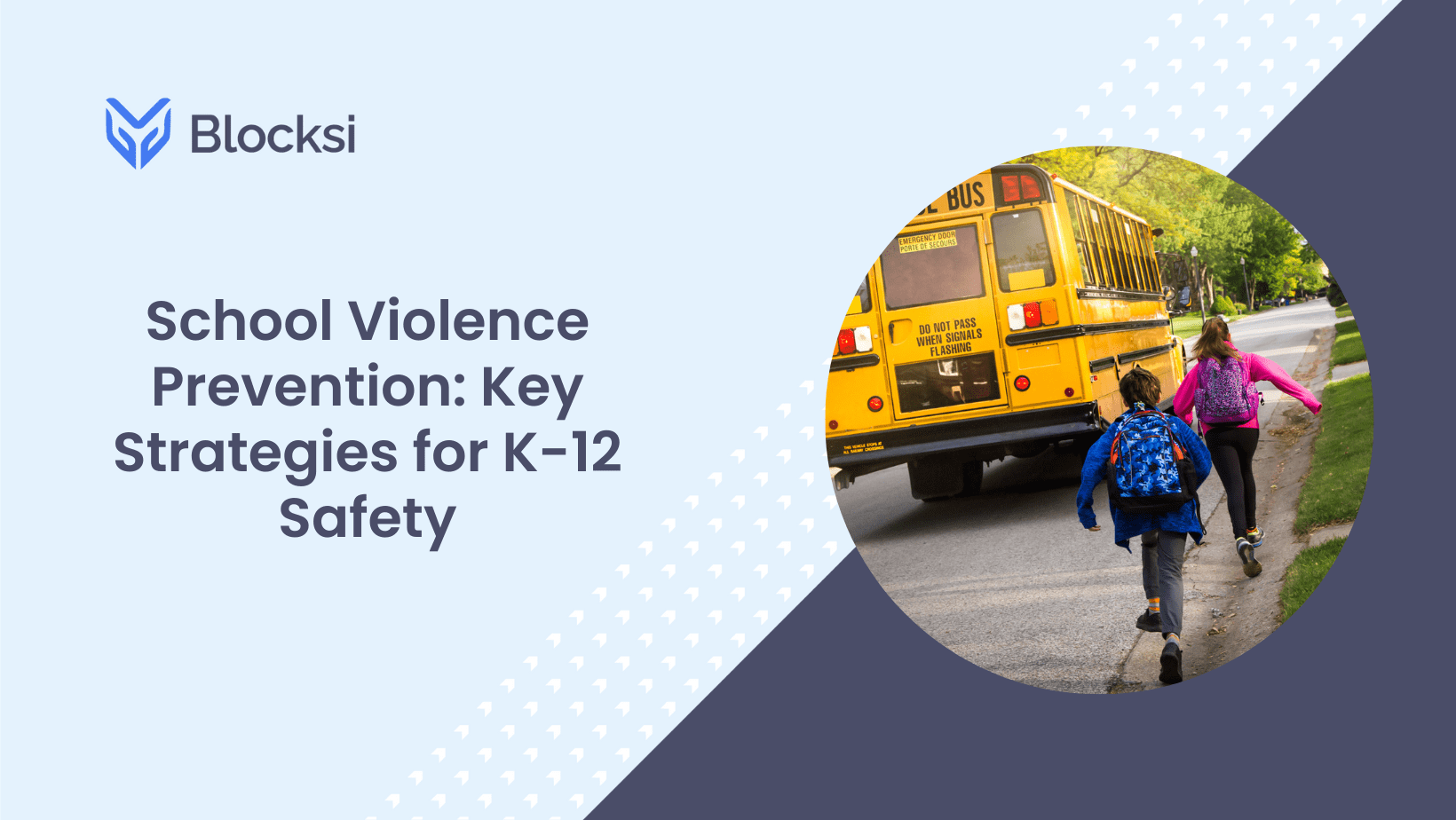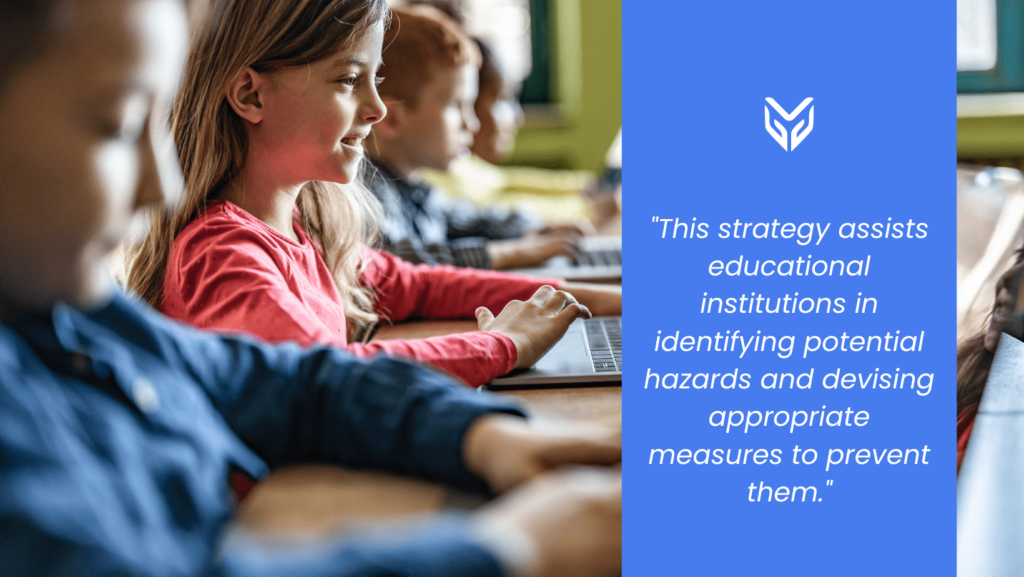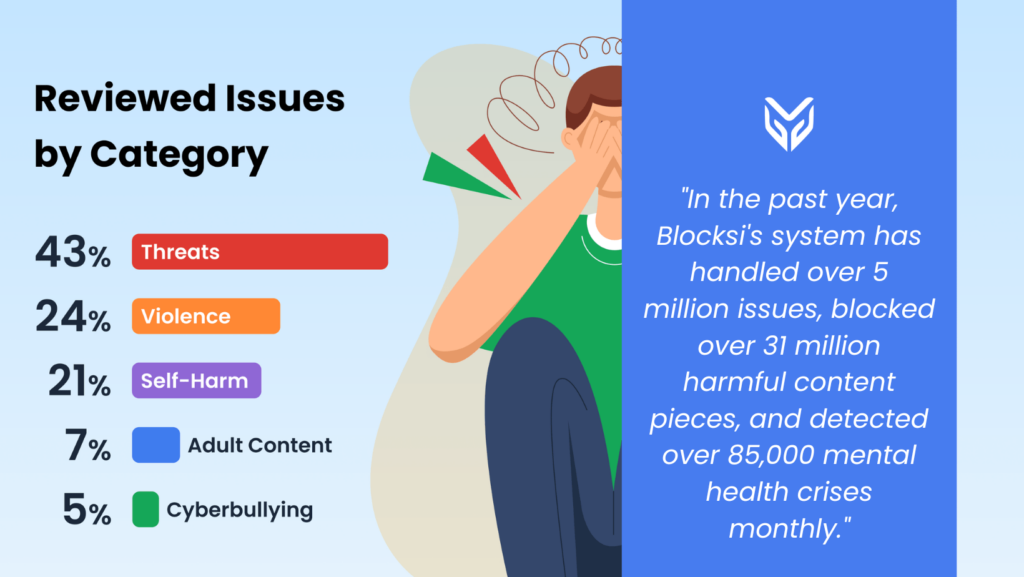NEWS
School Violence Prevention: Key Strategies for K-12 Safety

Keeping schools safe from violence is crucial for educators and administrators. With more students learning online, protecting them both in the classroom and online has become a top priority. And modern tools enable detecting real-life threats in online spaces. For example, if students plan illegal or dangerous activities online, K-12 threat detection can often detect them before any of these words become flesh, creating a layer of protection.
These are some concerning statistics by the Centers for Disease Control and Prevention:
- About 16 percent of students in grade 9 reported that someone offered, sold, or gave them illegal drugs on school property.
- Between 1 and 9 percent of U.S. students carried a weapon on school property.
- 16 percent of all students were cyberbullied, and 15 percent were bullied on school property.
- 9 percent of U.S. students avoided school at least once in the past 30 days because they felt unsafe either at school or during their commute.
Why Is Spotting Threats Early Essential?
Thus, it is crucial to detect threats early to prevent school violence. This involves recognizing signs of bullying, self-harm, or aggressive behavior before they escalate. Both in-person and online, schools need effective systems to monitor student behavior, allowing educators to intervene quickly when a student shows signs of distress. By taking swift action, schools can create a safer environment for everyone.

Tools for Threat Identification
Tools like Blocksi’s AI-powered threat detection system help schools keep an eye on student activities around the clock. The system checks everything from emails to search histories, looking for any signs of trouble. When something concerning is found, the system alerts school staff so they can take action.
Creating a Solid Threat Assessment Plan
Having a clear threat assessment plan is important for managing risks in schools. This strategy assists educational institutions in identifying potential hazards and devising appropriate measures to prevent them. It’s about understanding not just the threat itself but also the context around it.

Steps in a Threat Assessment
- Observation: Regularly watch for any signs of trouble among students.
- Evaluation: Use data and expert advice to figure out how serious a threat is.
- Action: Take steps to deal with the threat based on the assessment.
Using the Right Tools for School Violence Prevention
Technology is a big help in assessing threats. Tools like Blocksi provide the data schools need to make smart decisions. By using AI to spot patterns, schools can predict and prevent incidents before they happen.
Advanced threat assessment for schools, like Blocksi’s K-12 threat detection system, can monitor students 24/7, making it possible to catch problems early. Blocksi offers a comprehensive solution for schools. The system scans everything in Google Workspace and Outlook, from emails to images, to catch harmful content.
- Instant Alerts: Schools get notified right away about potential threats.
- Smart Analysis: The system reviews content before and after an alert to reduce false alarms.
- Expert Review: A team of experts checks each alert before it goes to the school.
In the past year, Blocksi’s system has:
- Handled over 5 million issues.
- Blocked more than 31 million harmful content pieces.
- Detected over 85,000 mental health crises each month.

Keeping Schools Safe
Preventing school violence means acting early, having a solid plan, and using the right tools. With systems like Blocksi, schools can protect their students both in person and online. Keeping students safe is not just about responding to problems—it’s about preventing them from happening in the first place.
SOURCES
[1] Youth Online
[2] 2022 Top Risks Report: Insights for Independent K-12 Schools





